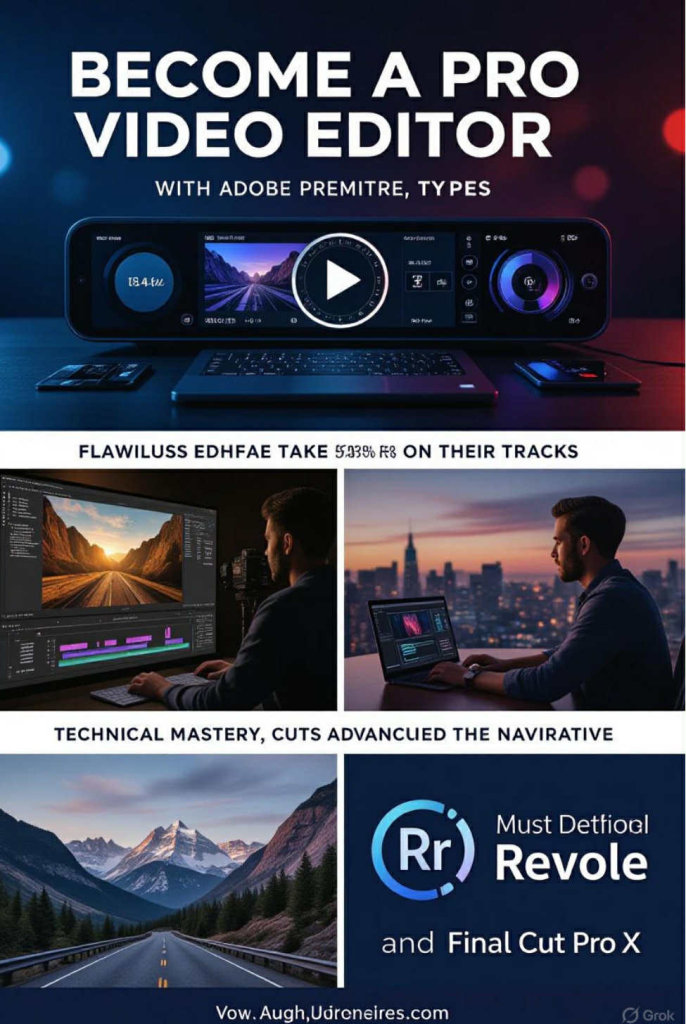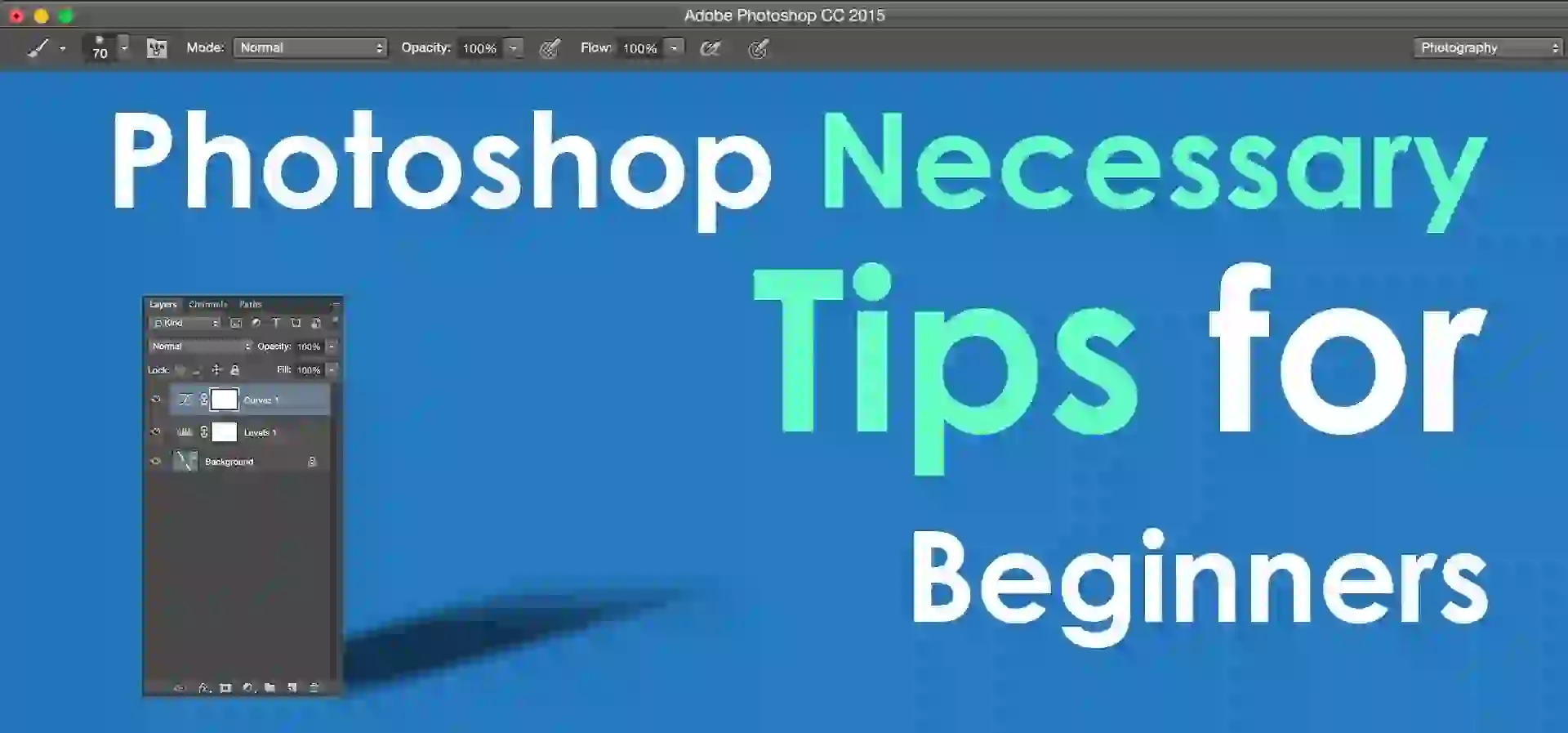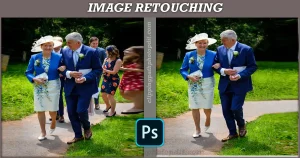Meta Description
Become a pro video editor with powerful video editing pro techniques, tips & tools, and edit hot points with Adobe Premiere Pro. Turn your footage into ever-evolving visual stories that audiences will enjoy.

Imagine yourself scrolling through social media when you stumble upon a video that makes you stop in your tracks. The cuts are flawless, the pacing is ideal, and every frame conveys a story. It is the magic of great video editing work.
I’ve been doing this for years, and I can tell you that great video editing is not only about fancy effects or expensive software. It is about understanding the time and space of storytelling, about knowing when to cut, about making an emotional connection with a visual sequence.
What is it that makes a video editing service truly great?

So you’ve wondered what the difference is between amateur and professional video. The solution is to realize that video editing combines technical skill with artistic vision.
Technical Mastery Foundations
Step one on your journey is learning the basics. It’s not all about loading up the curves and pushin’ things until they look “better.” Instead, it’s all about how you can make it look consistent across the entire project. When you learn how to colour-match skin tones across angles, you’re learning the basics of professional work.
Audio editing deserves equal attention. Bum audio can ruin even the most beautiful video. You need to know how to reduce noise, sync audio, and make seamless transitions between various audio sources.
Storytelling Through Cuts
This is where we fall, as editors: We think too much about technical matters and too little about narrative flow. Every cut that you make should be advancing the story. When editing dialogue, don’t edit on every pause; find the natural rhythm of talking.
Pacing is everything. Editing an emotion-filled interview is a different ballgame from cutting a fast-paced action sequence. You have to read, as it were, when an audience needs a moment to breathe, and when it needs energy to keep it engaged.
The bottom line: Must-have tools for serious editors

The software world has since exploded with options, but don’t fall into the trap of thinking that expensive equals better.
Professional-Grade Software Options
DaVinci Resolve is also an absolutely insane value – it’s free yet competes with software that costs thousands. You’ll receive professional colour grading tools, robust editing, and great audio post-production options in one suite.
Adobe Premiere Pro is still the industry standard for many professionals. Being subscription-based, you’ll automatically receive updates with the latest features, and its seamless integration with other Creative Cloud apps really helps cut down on time spent in the workflow.
Final Cut Pro X is a dream come true for Mac users and for those looking for a pro editing program with great performance optimization (although not quite as good as Adobe’s) and an intelligent magnetic timeline.
Hardware That Actually Matters
Your computer specs will affect your ability to edit efficiently. RAM is important – at least 16GB to start, but 32GB or more is definitely desirable when cutting 4K footage or complex projects.
Storage strategy often gets overlooked. You require the fastest storage for your active projects, and the most reliable solution for backing up completed work. SSDs for working files, and external drives for archiving, make for a streamlined setup.
Quality, quality, quality of the monitoring impacts every decision you make. When it comes to monitors, we believe color accuracy is more important than size, but more screen space can definitely help you get more work done.
Next-Level Skills to Up Your Game
Color Grading Mastery
Color correction is the difference between a good shot and a great shot. Begin with learning about color wheels and how primary corrections set up your base. Secondary corrections allow you to zero in on areas or colors for more exacting adjustments.
LUTs (Look-Up Tables) may speed up your workflow, but consider not treating them as shortcuts. Master the art of designing looks tailored to a project’s unique needs.
Motion Graphics Integration
Static text overlays are so 2017. By understanding basic motion graphic principles, you can produce dynamic titles, smooth transitions, and provide some animation in your project.
You don’t need to become a motion graphics wizard, but once you know how to use keyframe animation, easing curves, and some basic compositing concepts, your creativity is free to grow.
Building Your Professional Portfolio
Your portfolio is a better reflection of what you are capable of than any resume you could submit.
Diverse Project Showcase
Add different types of projects to show diversity. The expectation is that your corporate video demonstrates you have the ability to work within brand guidelines, and personal projects demonstrate your vision.
It’s hard for prospective clients to measure your worth without such before-and-after comparisons. Show raw footage and then show the edit alongside it – and I think that will make your change skills apparent.
Client Collaboration Skills
Video editing is not often performed in a vacuum. You want processes for collecting feedback, getting edits, and updating on the progress.
Learn to read into the client’s ‘visions’ despite the client having a limited understanding of what they actually want. Ask questions and rough-cuts fast to make sure you’re taking the right approach.
The Money End of Editing Videos
Knowing how to manage projects makes you efficient and profitable.
Pricing Your Services
Don’t undersell your expertise. Take into account your own time to review footage, make edits, take in feedback, and deliver final files. Rush jobs command premium pricing.
For some types of work, an hourly rate is ideal, but a project-based price can work both in your favor and in the favor of your clients. You can offer cost certainty to clients while rewarding efficiency from your side.
Workflow Optimization
Standardize your folder structures and naming. You will thank yourself in the future for this disciplined organization.
Backup plans are not optional — they’re vital insurance policies. Backups to multiple locations and frequent testing of those backups mean you never lose work that can’t be replaced.
Keeping Up with the Training Industry
Tech for editing videos is always changing, but certain storytelling principles remain the same.
Continuous Learning Approach
Follow the industry folks on your social media to catch new tricks and trends. Editing tutorial YouTube channels provide free mentorship from industry pros.
Practice through personal projects between client work. Try out new techniques on footage where you don’t have deadline pressure.
Building Professional Networks
Collaborate with other editors, filmmakers, and content creators in your area. Leads usually stem from professional networks instead of cold marketing.
Your Next Steps Forward
Great video editing is comprised of a technical ability and a penchant for creative storytelling. Build upon a strong foundation, slowly apply more advanced tactics and never stop learning, both from successes and failures.
Just keep in mind that you learn something new with each project. Regardless of the type of work that you do — wedding films, corporate work, social clips, etc. — use every project as a way to work on your fine craft.
Your voice as an artist will develop, and your eye for your creative mind will come to you. Believe in the process, be consistent with training, have a serving approach to your audience, and let your artistry shine through that!
Frequently Asked Questions
Q: How many years of video editing does it take to become a professional?
A: You build a foundation in 3-6 months of steady training, but mastering advanced moves and finding your personal style requires years. The learning process is never truly over, as technology and popular trends are always evolving.
Q: What is the most important skill for a video editor to have?
A: Let storytelling skill win over technique any day. ‘You can pick up what a piece of software can do in a relatively short time, [but] the pacing, the narrative flow, the emotional impact takes much longer to acquire.
Q: What expensive hardware must I buy to do professional video editing work?
A: Not necessarily. With a decent computer (something that has a decent amount of RAM and storage) and free software like DaVinci, you can get professional results. Your ability counts more than your equipment budget.
Q: What is your response to clients who are a nightmare to work with and want unlimited revisions?
A: Set clear boundaries upfront. Put numbers on your revisions and bill the client for everything after them. For the most part, conflict is avoided through good communication and expectation management.
Q: Is it better to specialize in one form of video editing or to remain a generalist?
A: Both approaches work. There’s also usually a premium (for specialisation) and clear positioning vs (for generalist). Just think about the market & your inclination






















